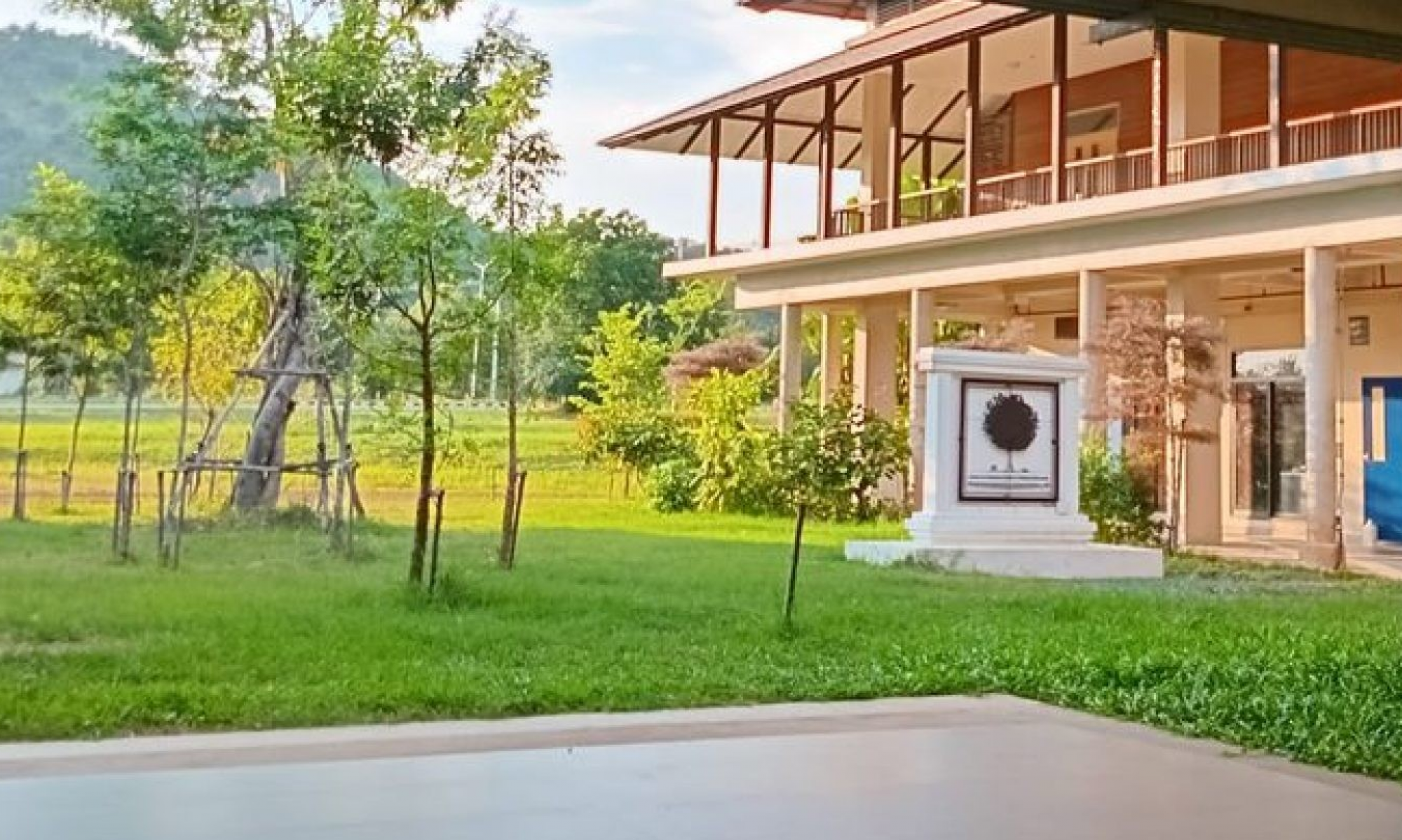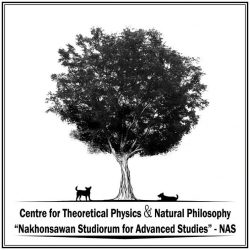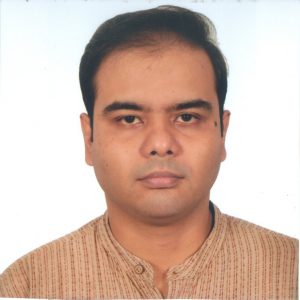Lecturer
[Theoretical High Energy Physics]
Quantum Field Theory | PT-symmetric Systems | Integrable Deformations
E-mail: kumar.abh@mahidol.ac.th, gokuabhinav@gmail.com
B.Sc. First Class Hons. in Physics, Dibrugarh University (Jagannath Barooah College), India
M.Sc. First Class in Physics, Dibrugarh University, India
Ph.D. in Physics, IISER Kolkata, India
Education
- 2009-2015: Ph.D. in Quantum Field Theory from Indian Institute for Science Education and Research Kolkata, India. Supervisor: Dr. Prasanta K Panigrahi.
- 2004-2005: MSc in Physics from Dibrugarh University, Assam, India.
- 2000-2003: BSc in Physics (Hons.) from Jagannath Barooah College under Dibrugarh University, Assam, India.
Research Experience
I started with PT-symmetric quantum systems incorporating supersymmetric techniques and mean-field models for cold atoms. Then I worked in non-perturbative Topological Gauge theories, Extended Effective Gravity, and Effective Models of Fermion Conductivity. Currently, I am studying Deformed Integrable Models and PT-symmetric Field Theories. My immediate research interests are:
- Quantum corrections and anomalies in PT-symmetric systems
- Gauge theories with topological terms
- Deformed integrable models with localized solutions
Refereeing service
- Annals of Physics
- Classical and Quantum Gravity
- Journal of Physics Communication
Publications
- “On quasi-integrable deformation scheme of the KdV system”, Kumar Abhinav and Partha Guha, Sci. Rep. 15, 2402 (2025)
- “Quantizing a non-locally massive 2-form model”, K. Abhinav, Physics Letters B 857, 138992 (2024).
- APT-symmetric KdV Solutions and Their Algebraic Extension with Zero-Width Resonances”, K. Abhinav, A. Shukla and P. K. Panigrahi Scientific Reports 14, 15330 (2024).
- “Non-Holonomic and Quasi-Integrable Deformations of the AB Equations”, K. Abhinav, I. Mukherjee and P. Guha, Physica D : Nonlinear Phenomena 433, 133186 (2022).
- “Analysis and comparative study of non-holonomic and quasi-integrable deformations of the
nonlinear Schrödinger equation”, K. Abhinav, P. Guha and I. Mukherjee, Nonlinear Dyn 99, 1179 (2020). - “Study of quasi-integrable and non-holonomic deformation of equations in the NLS and DNLS hierarchy”, K. Abhinav, P. Guha and I. Mukherjee, Jour. Math. Phys. 59, 101507 (2018).
- “Bäcklund Transformation and Quasi-Integrable Deformation of Mixed Fermi-Pasta-Ulam and Frenkel-Kontorova Models”, K. Abhinav, A. Ghose Choudhury and P. Guha, Disc. Nonlin. Complex. 7, 31 (2018).
- “Inhomogeneous Heisenberg Spin Chain and Quantum Vortex Filament as Non-Holonomically Deformed NLS Systems”, K. Abhinav and P. Guha, Eur. Phys. J. B 91, 52 (2018).
- “Heisenberg Symmetry and Collective Modes of One Dimensional Unitary Correlated Fermions”, K. Abhinav, B. Chandrasekhar, V. M. Vyas and P. K. Panigrahi, Phys. Lett. A 381, 457 (2017).
- “Novel Symmetries in Weyl-invariant Gravity with Massive Gauge Field”, K. Abhinav, A. Shukla and P. K. Panigrahi, Eur. Phys. J. C 76, 639 (2016).
- “Quasi-Integrability in Supersymmetric Sine-Gordon Models”, K. Abhinav and P. Guha, EPL 116, 10004 (2016).
- “Conservation Law for Massive Scale-Invariant Photons in Weyl-Invariant Gravity”, A. Shukla, K. Abhinav and P. K. Panigrahi, Class. Quantum Grav. 33, 235008 (2016).
- “Quantum and Thermal Fluctuations and Pair-breaking in Planar QED”, K. Abhinav and P.
K. Panigrahi, JHEP 2016, 032 (2016). - “Solitons and Spin Transport in Graphene Boundary”, K. Abhinav, V. M. Vyas and P. K. Panigrahi, Pramana-journal of physics 85, 1023 (2015).
- “Conserved Correlation in PT-symmetric Systems: Scattering and Bound States”, K. Abhinav, A. Jayannavar and P. K. Panigrahi, Annals of Physics 331, 110 (2013).
- “Gapped solitons and periodic excitations in strongly coupled BECs ”, U. Roy, B. Shah, K. Abhinav and P. K. Panigrahi, J. Phys. B: At. Mol. Opt. Phys. 44, 035302 (2011).
- “Comment on ‘Comment on Supersymmetry, PT-symmetry and spectral bifurcation’ ”, K. Abhinav and P. K. Panigrahi, Annals of Physics 326, 538 (2011).
- “Supersymmetry, PT-symmetry and Spectral Bifurcation”, K. Abhinav and P. K. Panigrahi, Annals of Physics 325, 1198 (2010).
Online tabulations: iNSPIRE-hep, arXiv, Google Scholar
Further details can be found in my CV.


